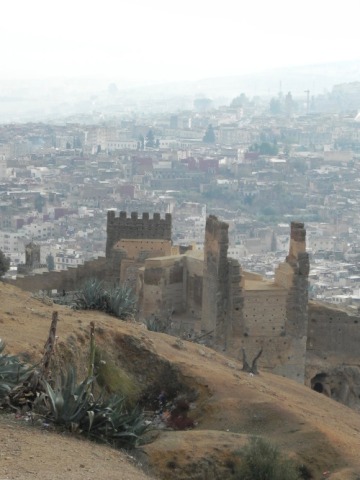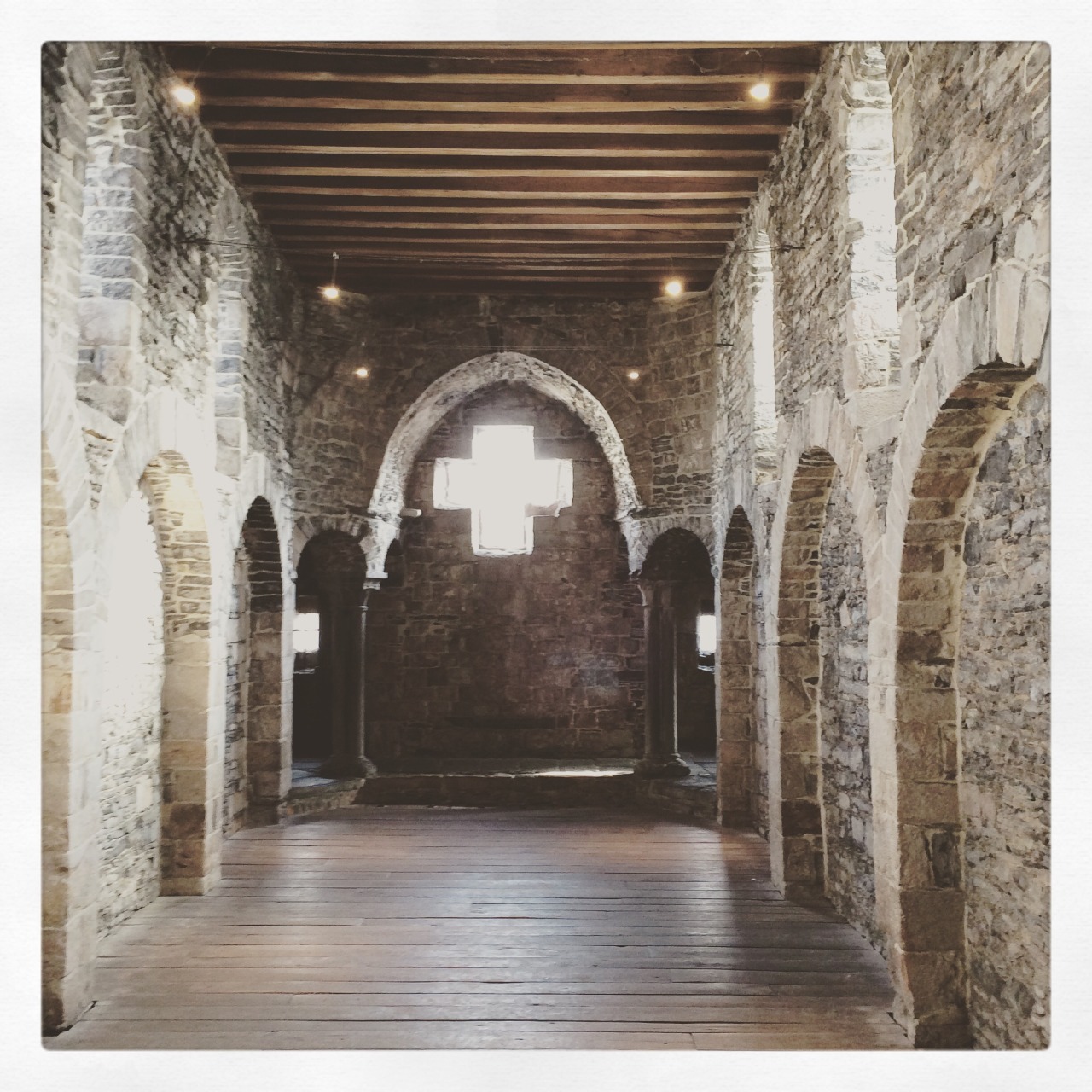On ‘creepy’ literature
I gave a paper on Emaré at the IMC this year. It touched on quite a few of the related texts, from close analogues like La Manekine to the confusing mire of the Aarne-Thompson index 510. So I started with a plot summary of the part that’s common to most of these texts (but not Chaucer and Gower’s Constance tales, interestingly): there once was a king whose wife died, and when his daughter grew up he fell in love with the daughter and decided to marry her…
Now, I prefaced this with “this is the basic story. It’s creepy, but we’re all medievalists, we’re used to creepy”, or words to that effect. I think I also described La Bele Hélène de Constantinople as creepy in the way it explicitly links food and sexual access – the love interest keeps making propositions to her while she responds with ‘no seriously I have had enough of love, I’m just really hungry…’ and the condition for access to food is listening to more of his propositions. Fun times!
I thought of this as part of my pretty laid-back presentation style. When presenting plot summary, I like to make it amusing. I once described the point in the Chevalier au Lion where Yvain falls in love with Laudine as “everyone has a type, and Yvain likes his women beautiful and crying”. This works for me: the rest of my presentation style is casual, and I save the big words and complicated sentences for the big and complicated ideas parts of the presentation.
After this paper, someone I knew – not well, but we’d clicked at a conference some years ago – came up to me and said “thank you so much for being upfront about how creepy it is!” I can’t remember the exact words she said, but she felt we talk so often about deeply screwed-up narratives like this with poker faces, as if we’ve somehow not noticed it’s creepy.
I’ve seen that happen. But I wonder if something else happens in academia: that we all assume everyone knows x text is rape central, or super skeevy about race, or whatever… and forget to specify. Or we specify in solemn, feelings-free terms, such as “The catalyst event in Emaré is that of family dysfunction and paternal failure”…
Rachel Moss describes the incestuous father trope as pointing to and problematising the most threatening possible failure of patriarchal authority – that of the most powerful figure (the father) against the least (the daughter) in a family unit. That is, critically speaking, a much more solid description of the text than ‘creepy’ (and I got to that later in the paper, when getting down to nuts and bolts of analysis). ‘Creepy’ is a feelings word – it describes how something makes you feel, not the thing at hand. You can point to a bunch of things that are reliably ‘creepy’ (following a fellow conference goer around and waiting until they’re maximally alone and least able to leave before asking them to engage in sexual activity or to hang out in private space, to cite one well-known example), but not all those things are alike. Horror movies are creepy; personal-space-invaders are creepy; and the guy I once worked for who hired pretty female shop assistants and weedy male ones and no ugly women or buff men was creepy: but these things are all comparable on the same axes.
I wonder, though, if it’s worth flagging anyway. Not at the expense of more specific analysis of a text, situation, yadda yadda. Perhaps not always in the very casual way I do it – it wouldn’t work for everyone’s style, and I suspect there will be times, if there haven’t already, where I risk coming across as flippant rather than aware. But what my acquaintance seemed to get out of it was validation. Or reassurance that I did in fact know that what I was dealing with was, well, creepy. Liable to induce feelings of discomfort and a sense that things are not as they ought to be. As far as I can tell, this framing didn’t make her, or me, or anyone else, less able to analyse the text and tropes at a more specific and sophisticated level, and I don’t know if perhaps it annoyed others who didn’t report this to me.
Something similar happens to me in amateur theatre. I do lighting and sound tech, so I get involved in a production very late, compared to the cast and directors and such. I might have had one meeting early on, to find out about the set design, but I don’t get involved in choosing or working with the script until very late. And not infrequently, I come in and find there’s something that to me is glaringly Problematic, and no one else seems to have noticed. Chitty Chitty Bang Bang is spectacularly sexist, for instance: everyone got that, but no one, not even the guy wearing the oversized nose prosthesis and singing about eating children, spotted the anti-semitism (let alone the fact that ‘eating children’ takes it up to blood libel, ffs). I’m not saying I want no one to ever stage Problematic shows (you’d lose so many classic musicals), but I would feel so much better if I could be sure it was done in spite of Problematic (TM) Elements rather than in blithe ignorance of them.
This isn’t an essay on Trigger Warnings, although yeah, obviously one way of dealing with this is to give them.1 My interest here is how you talk about this kind of material, when you do talk about it. You don’t necessarily have to be super casual about it – my boss showed a class a battle scene from Ironclad recently and discussed violence and affective response in clear, relatively formal language. She still made room for ‘how did you feel about that?’ – and was able to take those feelings and build them into analysis with a skill I can only hope to achieve one day.
I don’t have a prescription for how everyone should do this, at all. But I’m conscious, now, that there are benefits to highlighting the creepy factor, complementary to the importance of analysing the things that make something creepy and what the creepy thing is supposed to be doing in wider context.
- I prefer to describe this function as Content Note rather than trigger warning – it gives you more scope, doesn’t assume the only reason one would benefit from advance notice is Official Trauma, and allows you to give advance notice of, say, both BDSM content and rape related content without implying they’re morally equivalent. We haven’t got to this part of the debate yet in academia, but I grew up in fandom and my approach to content notes was forged long before it became the academic discussion du jour.




























